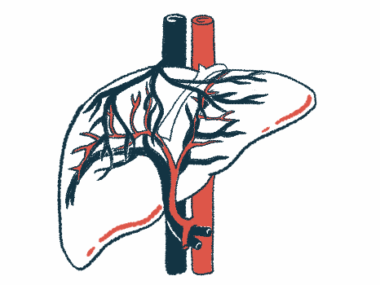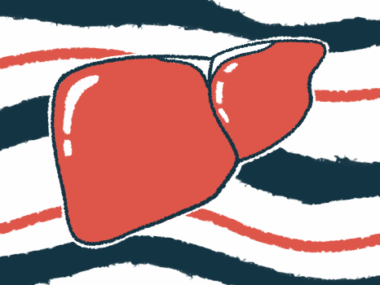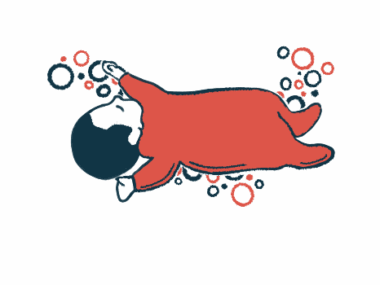Kasai procedure may delay liver transplant for biliary atresia: Study
Complications from procedure appear not to affect post-transplant survival
Written by |

The Kasai surgical procedure can significantly delay liver transplant and reduce liver disease severity before transplant in children with biliary atresia, according to a systematic review and meta-analysis.
In biliary atresia, bile is not able to flow into the intestine, so the Kasai procedure involves removing problem bile ducts outside the liver, and then the small intestine is attached to the liver to allow bile to drain from it. Most children with biliary atresia will eventually need a liver transplant.
Although children first treated with the Kasai procedure experienced more blood loss during transplant surgery, and had a higher risk of developing intestinal perforation or biliary complications after the surgery, their overall survival was unaffected, researchers note.
“It is recommended that the sequential treatment of the Kasai procedure-liver transplantation is the first choice for [biliary atresia] children in the absence of contraindications to the Kasai procedure,” they wrote.
The study, “Effect of Kasai procedure on liver transplantation in children with biliary atresia: a systematic review and updated meta-analysis,” was published in the journal Translation Pediatrics.
Biliary atresia affects infants, causing bile duct abnormalities
Biliary atresia, a liver disease that affects infants, is characterized by the lack or blockage of bile ducts outside the liver. These ducts transport bile, a digestive fluid that helps break down certain fatty molecules and proteins during digestion, from the liver to the gallbladder and to the small intestine.
Bile duct abnormalities can cause liver damage and lead to the disease’s hallmark symptoms of jaundice (yellowing of the skin and eyes), dark urine, and pale stool.
The main treatment strategy is a surgical procedure called Kasai portoenterostomy, which involves creating a new tube that can carry bile out of the liver into the intestines. However, some children still develop liver disease that can lead to its failure, which may only be treated with a transplant.
“With the development of pediatric liver transplantation, the efficacy of … liver transplantation has been significantly improved, and scholars have begun to rethink the role of Kasai procedure in the treatment of [biliary atresia],” the researchers wrote.
Now, researchers in China conducted a systematic review study to evaluate the effects of a previous Kasai procedure on liver transplant in children with biliary atresia. The study (CRD42023423232) is registered in PROSPERO, an international registry of systematic reviews.
The review included a total of 26 studies, mostly published after 2000 (21 studies), in which 6,522 children with biliary atresia underwent a liver transplant. Also, most children had undergone the Kasai procedure (4,989 children, 76.5%) before the transplant.
When there is no obvious contraindication … the sequential treatment of Kasai procedure-liver transplantation should be supported first.
Children who had Kasai procedure were older at time of transplant
Children who previously underwent the Kasai procedure were significantly older at the time of surgery, weighed more, and had lower scores on the pediatric end-stage liver disease, which is used to determine the priority of liver transplant candidates, compared with those who did not undergo the procedure.
Also, during liver transplant, children who previously underwent the Kasai procedure had a significantly longer operation time, experienced more blood loss during surgery, and a shorter stay in an intensive care unit (ICU). However, no differences were observed in the total length of hospital stay or in the need for blood transfusion during surgery between the two groups.
After surgery, patients who had previously undergone the Kasai procedure were nearly twice as likely to have an intestinal perforation and 41% more likely to have biliary complications, than those who had not undergone the procedure.
However, no significant differences were reported in other postoperative complications, such as infection, complications in liver blood vessels, bleeding, or transplant rejection. There were also no differences related to prognostic indicators, including patient survival at one, three, and five years, and graft survival at one or five years after the surgery.
“This may be due to the advancement of surgical techniques and postoperative management, so that biliary complications … and intestinal perforation can be timely and effectively prevented and controlled, without affecting the survival of patients and grafts,” the researchers wrote.
Subgroup analyses were then conducted to reduce the studies’ heterogeneity, or variability. In these analyses, “Asian” and “non-Asian” patients were separately analyzed, as were the studies published after 2000 (“Cases since 2000”) from those published before (“Others”).
More recently, length of transplant surgery found to be similar in both groups
In the most recent cases (after 2000), no differences in the duration of transplant surgery were reported in the Kasai and non-Kasai groups, which was observed when considering all cases.
In the cases before 2000 or involving non-Asian patients, there were no differences in the length of ICU stay, which was significantly shorter in Kasai patients when analyzing all cases.
“This may indicate that with the gradual development of Kasai procedure, it does not affect the operation time and postoperative recovery of liver transplantation, but the increase of intraoperative blood loss is inevitable,” the researchers wrote.
The findings suggest “for children with [biliary atresia] undergoing liver transplantation, although previous Kasai procedure may increase the risk of intraoperative bleeding, biliary complications, and intestinal perforation, it does not affect the main clinical outcomes,” the researchers wrote.
However, it can delay the timing of a liver transplant and improve children’s condition before the transplant.
Therefore, “when there is no obvious contraindication … the sequential treatment of Kasai procedure-liver transplantation should be supported first,” the researchers wrote.








